A red-nosed reindeer might not be as unusual as you think.
Rudolph the Red-Nosed Reindeer is a Christmas icon, immortalised in books, songs and films.
But the cause of the beloved cervid's crimson nose has often been the subject of festive debate.
Watch Erica McAlister, Senior Curator of Diptera at the Museum, hint at why Rudolph's nose might glow so bright.
Meet the snot bot
Reindeer suffer with symptoms similar to a cold, such as coughing and spluttering - and maybe even that legendary red nose.
The cause is not a common cold, however, but an infestation of fly larvae.
'Snot bots', as they are affectionately known, are the culprits. These are flies of the genus Cephenemyia. The reindeer warble fly (Hypoderma tarandi) is also guilty of infesting cervids.
As an adult, the fly is fuzzy in appearance, with some resemblance to a bumblebee. But other than that they're both insects, appearance may be where the similarities end.
Female deer botflies squirt their larvae up the noses of unsuspecting reindeers. These then crawl down the throat to live and feed on the tissue there. After growing a little, it's time for the larvae to leave. So they begin irritating the unlucky deer's throat.
This causes the deer to cough and splutter so much that the offending insects are ejected from their temporary home through the mouth or nose of their host.
It would then, perhaps, be no surprise to see a reindeer with a very shiny nose.
A closer look at botflies
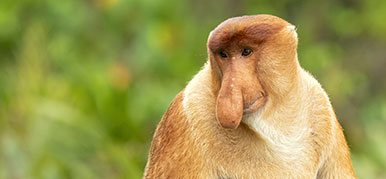
What on Earth?
Just how weird can the natural world be?
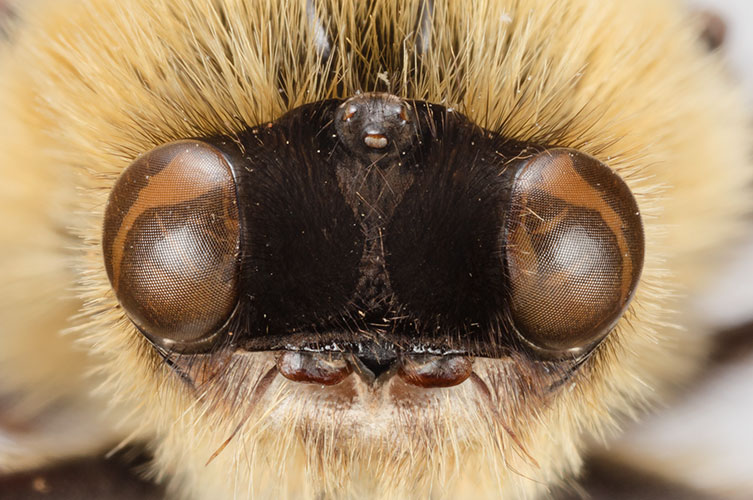

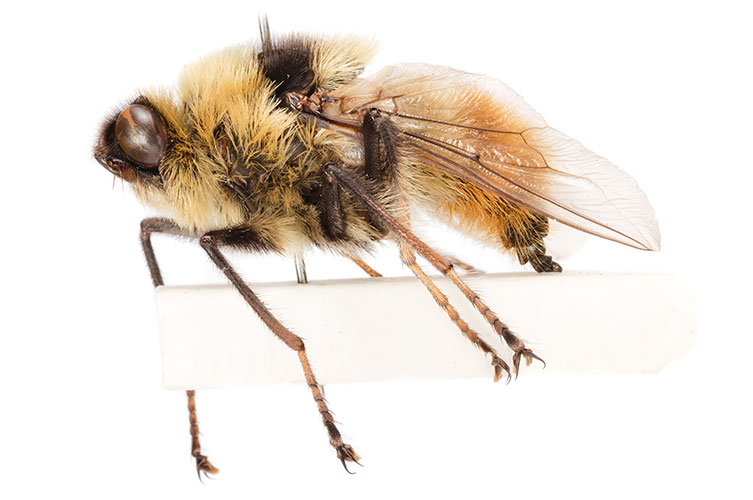
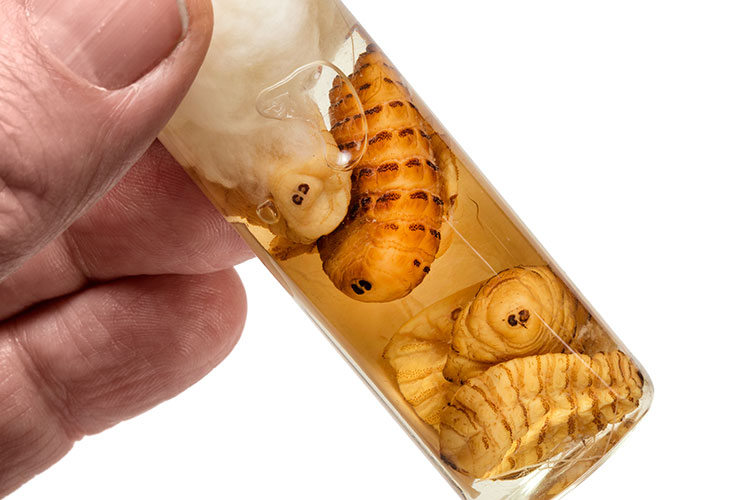



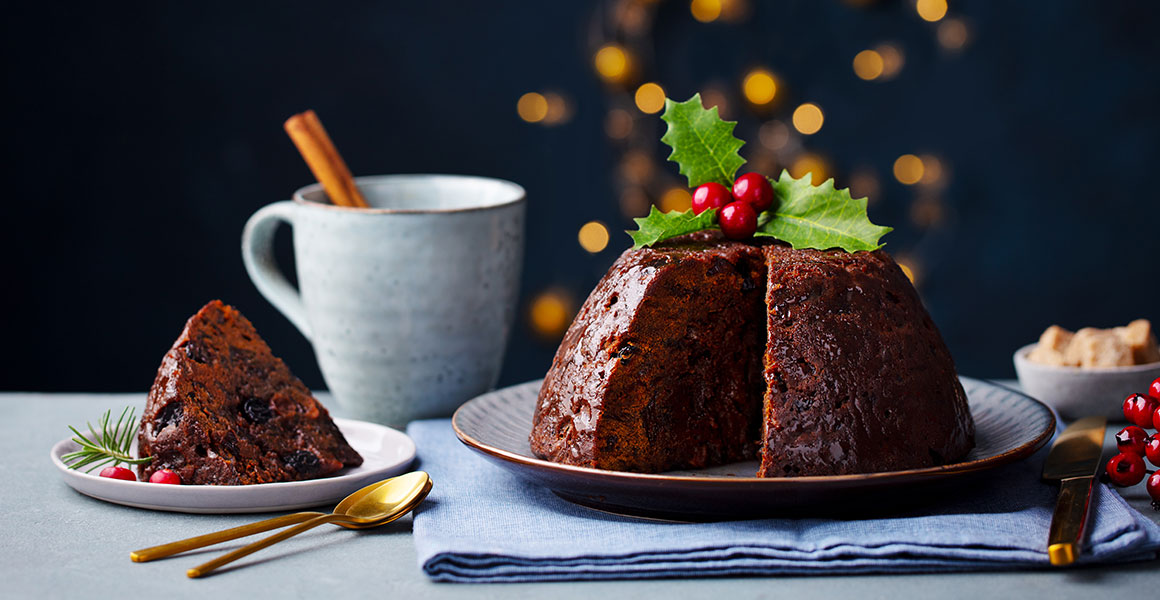
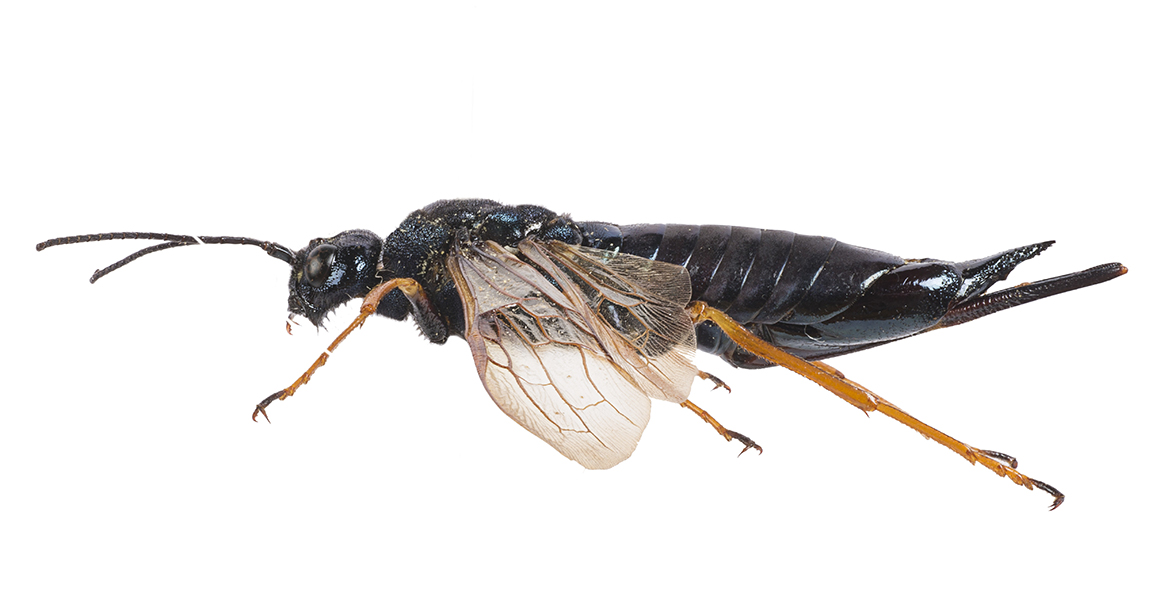


Don't miss a thing
Receive email updates about our news, science, exhibitions, events, products, services and fundraising activities. We may occasionally include third-party content from our corporate partners and other museums. We will not share your personal details with these third parties. You must be over the age of 13. Privacy notice.
Follow us on social media